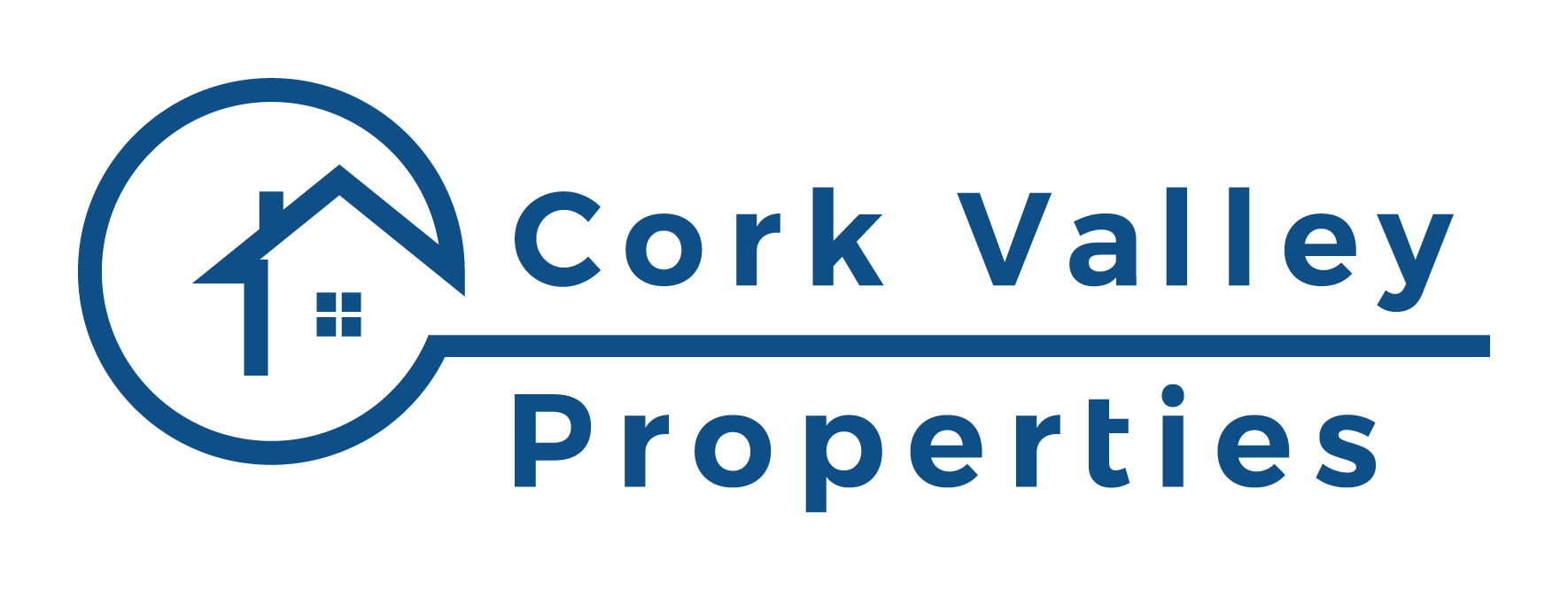Dealing with a house fire is overwhelming — emotionally, financially, and logistically. Once the smoke clears and the insurance process begins, many homeowners are left asking the same tough question:
“What do I do with a fire-damaged property?”
The good news: you can sell a fire-damaged house, and you have multiple options depending on your timeline, budget, and long-term goals. This guide walks you through everything you need to know.
1. Assess the Extent of the Damage
Not all fire damage is the same. Before making any decisions, identify what kind of damage you’re dealing with:
Types of Damage
- Structural damage: framing, roof, load-bearing walls
- Smoke and soot damage: walls, ceilings, HVAC system
- Water damage: from fire hoses or sprinklers
- Electrical damage: melted wiring, breaker issues
A professional inspection or your insurance adjuster’s report will outline the full extent so you can make informed choices.
2. Contact Your Insurance Company
Before you spend a dollar on repairs, notify your insurance provider.
Your insurance may cover:
- Repairs and reconstruction
- Cleaning and smoke remediation
- Temporary housing
- Debris removal
- Personal property loss
Tip: Request a full copy of the adjuster’s report. This is extremely useful when selling — buyers and investors rely on it to understand the scope of damage.
3. Decide Whether to Repair or Sell As-Is
You typically have two paths:
Option A: Repair the Home Before Selling
Pros:
- Higher potential resale price
- More traditional buyers will qualify for financing
- Better curb appeal
Cons:
- Costly (fire repairs often range from $10k–$100k+)
- Long timelines — 3 to 9+ months
- Managing contractors, permits, inspections
This route works if you have time, money, and patience.
Option B: Sell the Home As-Is
Pros:
- Fastest option
- No repairs, cleanup, or inspections required
- Cash buyers and investors will take it in any condition
- You can close in weeks, not months
Cons:
- Lower sale price compared to a fully repaired home
- Buyers are usually investors or experienced rehabbers
For many homeowners, especially those overwhelmed by insurance claims or repair costs, selling as-is is the cleanest solution.
4. Understand Your Selling Options
1. List the Property on the Open Market (MLS)
Best if:
- Damage is minor to moderate
- You’ve done some cleanup
- You can wait 30–90+ days for a buyer
Buyers using FHA/VA/Conventional loans may struggle to get financing on severely damaged homes.
2. Sell Directly to a Cash Buyer or Investor
Best if:
- Damage is extensive
- Insurance didn’t cover enough
- You need to sell quickly
- You don’t want to repair or manage the process
Investors buy properties in as-is condition and usually handle:
- Debris removal
- Structural repairs
- Smoke mitigation
- Insurance claim complications
- Faster closings (often 7–21 days)
3. Sell Fire-Damaged Property to Another Homeowner (As-Is)
Possible, but rare. Most homeowners do not want:
- Extensive repairs
- Code compliance work
- Smoke or structural issues
This typically requires a steep price discount.
5. Price the Property Accurately
If you list the home, work with an agent who understands:
- Fire-damaged properties
- Local investor activity
- Repair cost estimates
- Insurance documentation
Pricing too high will result in no offers. Pricing too low leaves money on the table.
Common approach:
Market value (before fire) – estimated repair cost – investor profit margin = as-is price.
6. Prepare the Property for Sale (Even As-Is)
Small steps can help sell faster:
- Remove debris (if safe and affordable)
- Board up or secure the property
- Print the insurance scope of work report
- Provide photos of the interior (if safe to enter)
Investors appreciate transparency — it speeds up offers.
7. Disclose the Fire Damage
Most states require sellers to disclose:
- Cause of fire
- Date of fire
- Insurance claims
- Repairs completed or not completed
- Known defects (wiring, smoke damage, structural issues)
Proper disclosure protects you legally and increases buyer trust.
8. Work With Professionals Who Understand Fire Damage Sales
This may include:
- A real estate investor or buying company
- Fire restoration contractor
- Insurance adjuster
- Local real estate attorney
- Real estate agent familiar with distressed properties
The right team reduces stress, speeds up the process, and ensures a smoother sale.
9. Consider Selling to a Local Investor (Fast + As-Is)
If you’re overwhelmed, out of state, or done dealing with the property, a local investor can buy the home exactly as it sits, including:
- Structural problems
- Electrical hazards
- Smoke and water damage
- Insurance issues
- Condemned or unsafe conditions
You skip the repairs, showings, clean-outs, and long timelines.
Final Thoughts
Selling a fire-damaged house doesn’t have to be complicated. Whether you choose to repair it or sell it as-is, there is a path forward. The key is understanding your options, knowing the true extent of the damage, and choosing the route that aligns with your goals, finances, and timeline.
